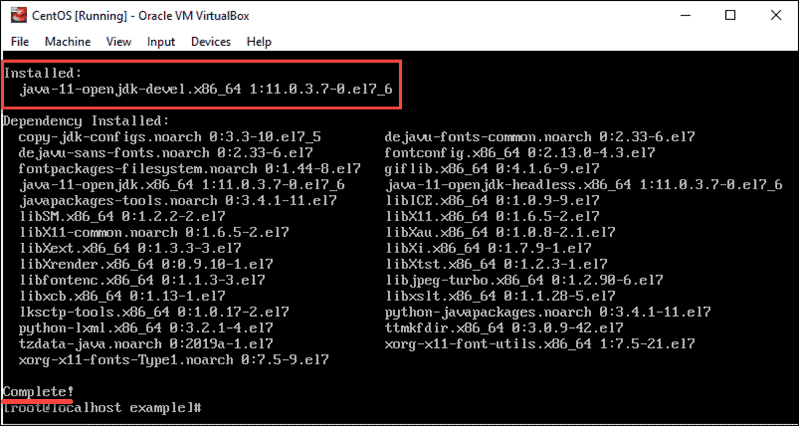

Use the following command to check the version of installed Maven on your system. source /etc/profile.d/maven.shĪpache Maven has been successfully configured on your system. Now load the environment variables in current shell using following command. sudo vi /etc/profile.d/maven.shĪnd add the following content. Now set the environments variables by creating new file /etc/profile.d/maven.sh. sudo tar xzf apache-maven-3.6.Īs you have downloaded precompiled Apache Maven files on your system. Now extract downloaded archive using following command. Download Apache Maven from its official website or use the following command to download Apache Maven 3.6.2. Visit Install Java 11 on CentOS/RHEL 7/6 and Fedora Step 2 – Install Apache MavenĪfter verifying java version on your system. If you don’t have Java Development Kit installed on your system. OpenJDK 64-Bit Server VM 18.9 (build 11.0.6+10-LTS, mixed mode, sharing) OpenJDK Runtime Environment 18.9 (build 11.0.6+10-LTS)

Verify installed Java version on your system. Make sure you have installed JDK, not JRE. So you need to install the Java development kit (JDK) on your system. Java development kit is the primary requirement of Apache Maven. This tutorial will help you to install Apache Maven on your CentOS/RHEL 8/7 and Fedora 31/30/29 systems. Maven can manage a project’s build, reporting, and documentation from a central piece of information. Apache Maven is a software project management and comprehension tool.


 0 kommentar(er)
0 kommentar(er)
